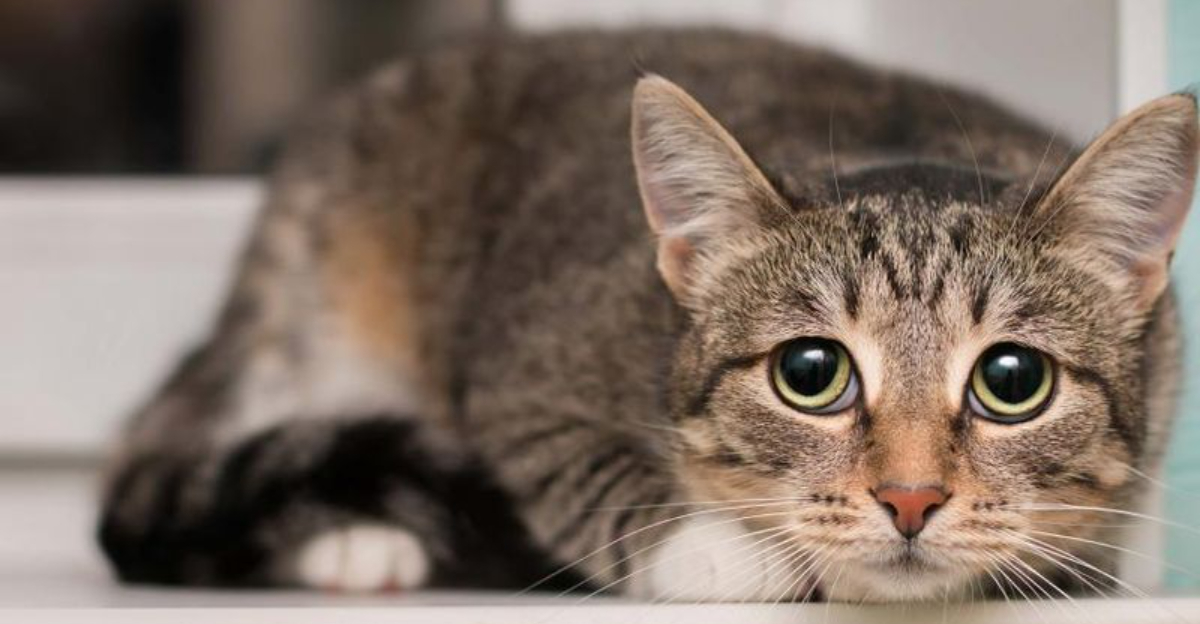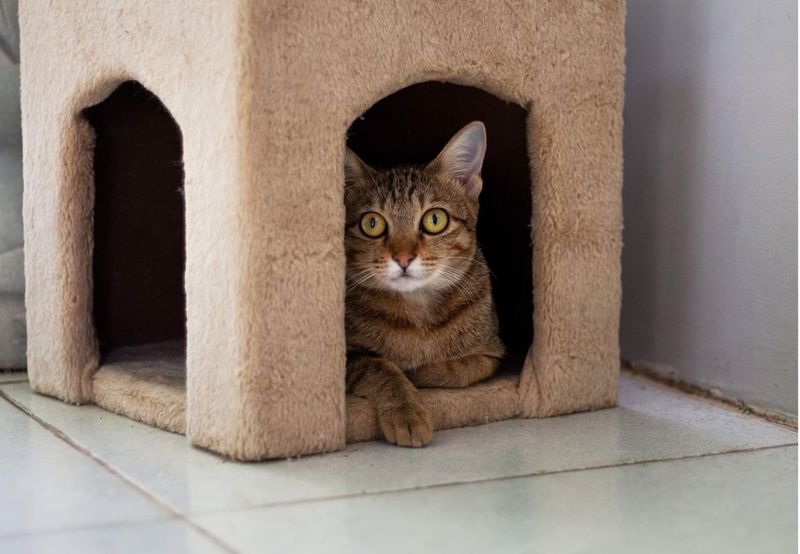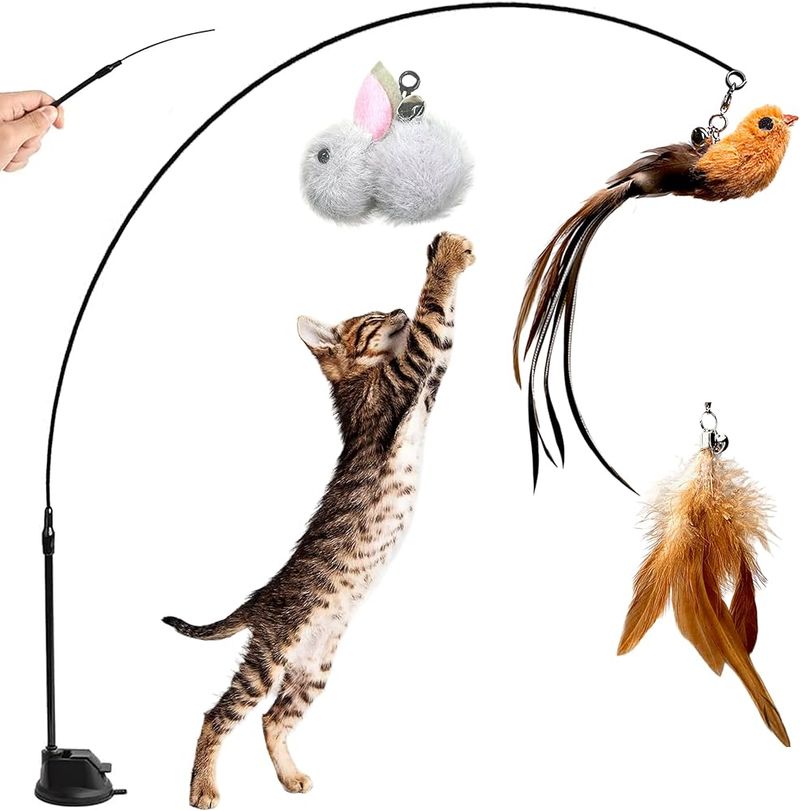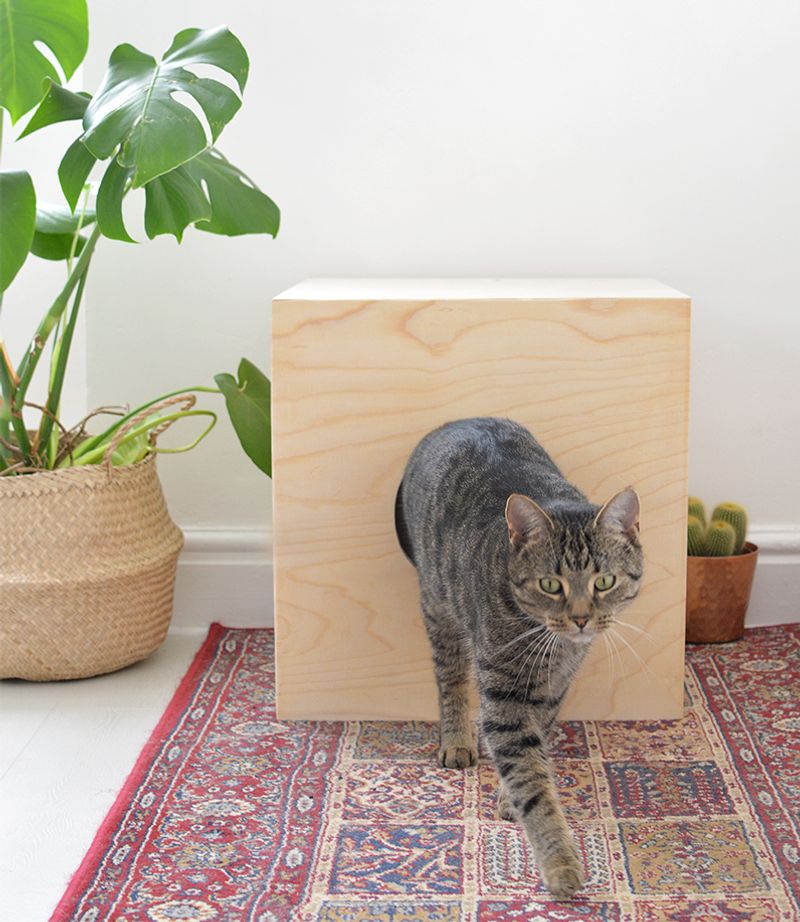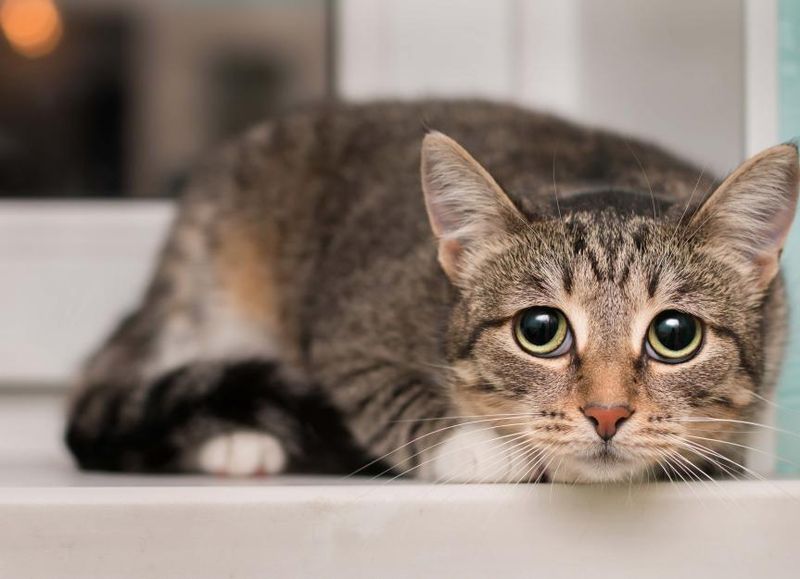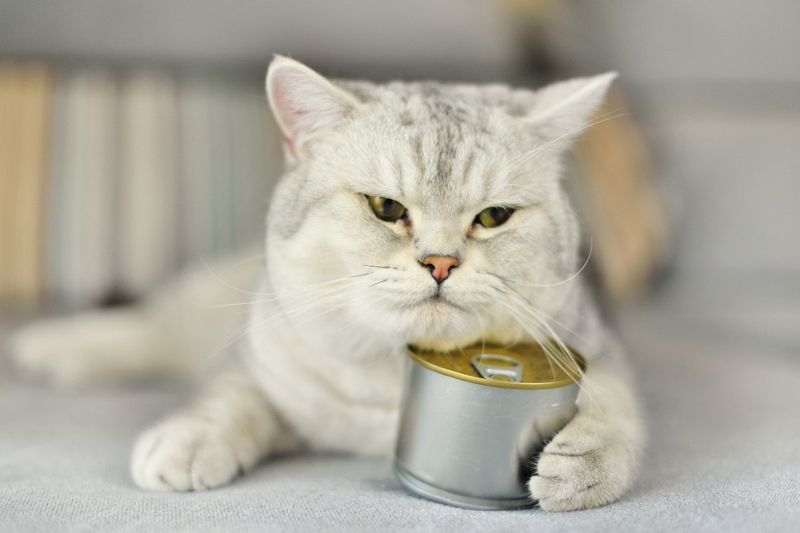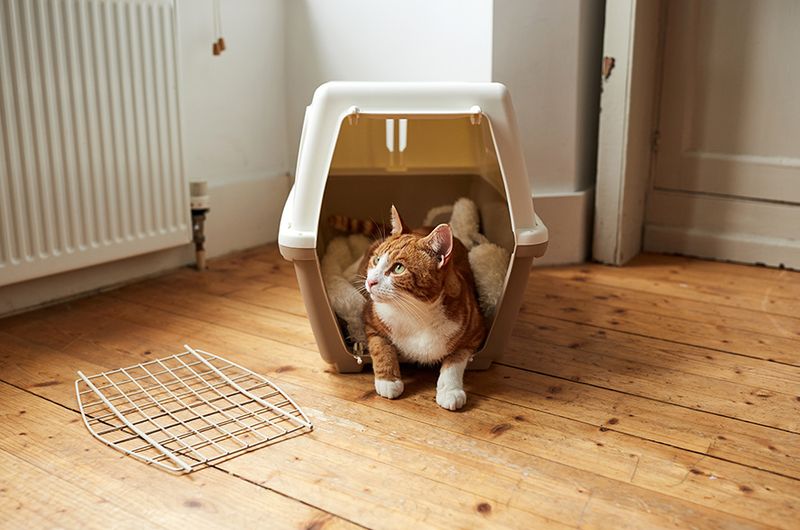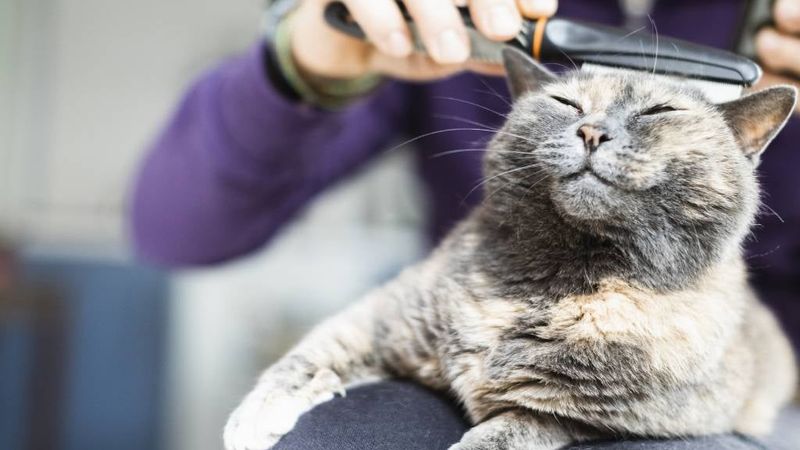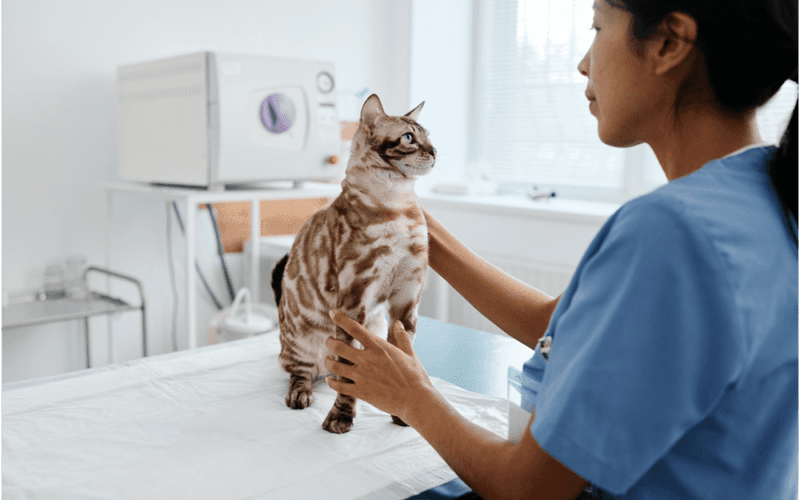📖 Table of Content:
- 1. Create a Safe Haven
- 2. Use Calming Pheromones
- 3. Engage in Interactive Play
- 4. Soft Speaking Voice
- 5. Provide Hiding Spots
- 6. Play Soothing Music
- 7. Offer Treats and Positive Reinforcement
- 8. Slow Blinking Technique
- 9. Routine and Consistency
- 10. Introduce New Environments Gradually
- 11. Gentle Grooming Sessions
- 12. Use Catnip Sparingly
- 13. Ensure Proper Nutrition
- 14. Vet Checks for Health Issues
- 15. Mindful Meditation Sessions
Cats, with their sensitive and perceptive nature, can easily become frightened due to various factors like unfamiliar environments or sudden noises. Calming a scared cat requires patience, understanding, and specific methods that cater to their unique behavior. Here are 15 trusted ways to help soothe your feline friend, ensuring they feel safe and secure.
1. Create a Safe Haven
Every cat needs a sanctuary where they can escape from stress. A dedicated space with cozy bedding and toys offers them refuge. This haven should be in a quiet corner, away from foot traffic and noise, providing a sense of security. Imagine a plush bed, a soft blanket, and a few favorite toys arranged in a corner. The familiarity and comfort of this space will help your cat feel grounded and less anxious. It’s essential that this area remains consistent in its layout, as cats thrive on routine. Over time, your cat will associate this spot with safety and calm.
2. Use Calming Pheromones
Calming pheromones can work wonders on a feline’s nerves. These synthetic versions of natural cat pheromones signal to your pet that the environment is safe. By plugging in a diffuser emitting these pheromones, you create a soothing atmosphere. Such devices are perfect for multi-cat households or during times of change like moving. Their odorless nature ensures they don’t interfere with your home’s ambiance. Over a few weeks, you’ll notice a decrease in your cat’s stress levels. This method is particularly effective when combined with other calming techniques.
3. Engage in Interactive Play
Interactive play is a fantastic way to distract a scared cat. Toys like feather wands or laser pointers engage their hunting instincts, redirecting their focus from fear to fun. A few sessions daily can significantly reduce anxiety. During play, remember to let your cat catch the toy occasionally, mimicking a successful hunt. This boosts their confidence, making them feel more in control. Over time, these play sessions foster trust between you and your pet. As the bond deepens, your cat becomes more relaxed and less prone to fearful episodes.
4. Soft Speaking Voice
Your voice can be a powerful tool in calming a scared cat. Speaking softly and slowly reassures them of your presence. By using a calm tone, you signal that there’s nothing to fear. This method is especially useful during thunderstorms or fireworks. Sitting at their level, perhaps on the floor, while talking can further ease their nerves. Remember, cats are highly sensitive to the emotions in your voice. Maintaining a gentle demeanor ensures they perceive you as a source of comfort and safety.
5. Provide Hiding Spots
Cats instinctively seek out hiding places when they’re scared. Providing multiple spots around your home, like boxes or tunnels, allows them to retreat when needed. These little havens give them control over their environment. A scared cat will often feel more secure knowing they can hide if they choose. Ensure these spots are spread throughout different rooms, so your cat always has access to a refuge. Over time, having these safe options available can decrease overall anxiety levels.
6. Play Soothing Music
Music isn’t just for humans; cats can benefit from it too. Studies have shown that classical or specially composed music for cats can reduce their stress. The gentle melodies create a serene environment, making them feel secure. Play this music at a low volume in the background, ensuring it’s not overwhelming. Over time, your cat will associate the calming tunes with peace and relaxation. This method is especially useful when you’re not at home and want to leave your feline companion in a tranquil setting.
7. Offer Treats and Positive Reinforcement
Positive reinforcement through treats can build a sense of trust and security. When your cat is scared, gently offering their favorite treats can create positive associations. Over time, they’ll link new or intimidating experiences with good things. Keep these treat sessions calm and consistent, avoiding any sudden movements. Your cat will begin to anticipate rewards, focusing more on the treats than their fear. This method is particularly effective when introducing new environments or during vet visits.
8. Slow Blinking Technique
Cats communicate a lot through their eyes. The slow blink is a sign of trust and affection. By mimicking this behavior, you convey to your cat that you’re not a threat. Sit calmly and make eye contact, then slowly close and open your eyes. Repeat this several times. Often, your cat will reciprocate, signaling mutual trust. This silent communication can be incredibly soothing for a scared cat, making them feel understood and loved.
9. Routine and Consistency
Cats thrive on routine and predictability. A consistent schedule for feeding, play, and rest gives them a sense of control over their environment. Knowing what’s expected daily helps reduce anxiety. If a cat knows that food or playtime is coming at a specific time, they’re less likely to stress over changes. Try to maintain this routine as much as possible, even during travel or changes in the household. Over time, consistency will be your cat’s comfort.
10. Introduce New Environments Gradually
New environments can be overwhelming for cats. Introducing them gradually helps ease this stress. Start by allowing your cat to explore a single room, then slowly introduce more areas. Let them set the pace, ensuring they feel confident before moving on. This method prevents them from feeling trapped or overwhelmed. Over time, your cat will become more adventurous, seeing new spaces as exciting rather than scary.
11. Gentle Grooming Sessions
Grooming is not just about cleanliness; it’s a bonding activity. Gentle brushing mimics the affectionate licking of a mother cat, providing comfort and security. Use a soft brush and start with short sessions, gradually increasing as your cat becomes accustomed. This tactile interaction can soothe frayed nerves, especially after stressful events. Over time, grooming becomes a ritual your cat looks forward to, associating it with peace and affection.
12. Use Catnip Sparingly
Catnip can be a great tool to divert a scared cat’s attention. Its effects vary, with some cats becoming playful or calm. Introduce catnip toys during stressful times to shift their focus. However, use it sparingly to prevent overstimulation. If your cat responds positively, it can become a valuable part of your calming toolkit. Over time, catnip can create a fun distraction, helping them forget their fears temporarily.
13. Ensure Proper Nutrition
Nutrition is crucial to a cat’s overall wellbeing. A balanced diet supports their physical health and impacts their emotional state. Ensure your cat’s meals are rich in essential nutrients to maintain a stable mood. Avoid sudden dietary changes, as these can increase stress. Over time, a healthy diet will contribute to a calmer, happier cat. Consider consulting with a veterinarian to tailor a diet specific to your cat’s needs.
14. Vet Checks for Health Issues
Sometimes, fear or anxiety can stem from underlying health issues. Regular veterinary check-ups ensure your cat’s health is monitored. A professional can identify if their anxiety is health-related, such as pain from arthritis or an infection. Addressing these issues can lead to significant improvements in their behavior. Over time, routine vet visits become a normal part of life, reducing anxiety associated with health problems.
15. Mindful Meditation Sessions
Meditation isn’t just for humans; cats can benefit from the calm energy it brings. By practicing mindful meditation in your cat’s presence, you create a serene environment. Your relaxed state can influence them, reducing their stress levels. Sit quietly, focusing on your breath, and let your cat join if they wish. Over time, they’ll associate these sessions with tranquility. This practice enhances the bond between you, fostering a peaceful coexistence.
